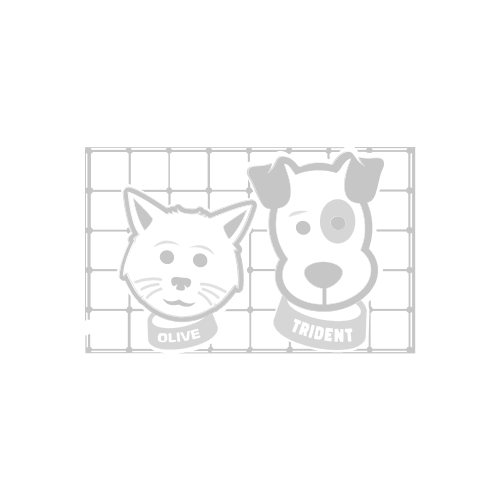Celebrate Animal Safety Month: Pet Adoption
October is Animal Safety and Protection Month; and there are many reasons why we need to keep a close watch on pets this month. For now, let's discuss pet safety against wildlife.
For starters, fall is the time of year when homeowners see the most wildlife on landscapes. This is because wild animals, such as deer, coyotes and bears, are scouting for food before the first frost; and they know they are running out of time to eat in home gardens. While they want fresh fruits and veggies from lawns and gardens, they will not say 'no' to the meat from dogs and cats.
The top wild animals to attack pets include:
- Coyotes
- Bears
- Snakes
- Raccoons
- Squirrels
- Deer/Elk/Moose
- Groundhogs
- Skunks
While we may get excited to see wild animals on our property, this is really bad news for pets and pet owners. Wild animals spread diseases including Lyme Disease; and a disease like this can harm pets for many months, years. Additionally, wounds and injuries from wildlife attacks on pets can lead to infection and even rabies. This will force pet owners to put-down their pets. Deer and other large animals, such as elk and moose, may use their strong legs or antlers to apply blunt force trauma to animals, as well.
To protect pets from wildlife encounters, a physical barrier, such as a dog fence, will need to be built in backyards to separate wildlife from domestic animals. For deer, a fence will need to be at least 7.5-8' feet high to block jumping attempts. Coyotes chew; and will need to be stopped by a strong, metal fence that is at least 6 feet tall. For bear control, go with an electric fence.
There are many types of fence on the market, but a humane pet fence is best not just for domestic pets but for wildlife. Choose to keep the peace with wildlife this October with these animal safety tips.

